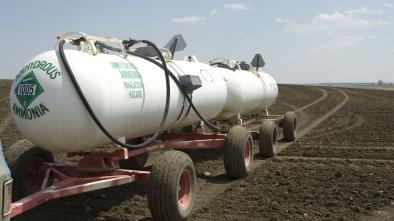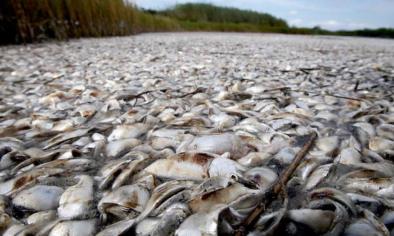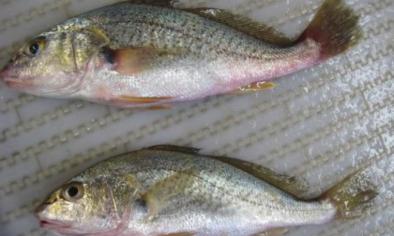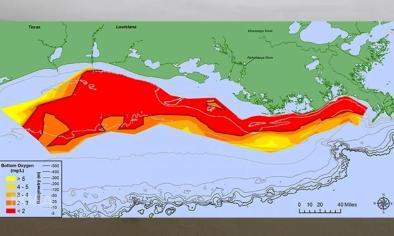Science Source
Modeling the Population Effects of Hypoxia on Atlantic Croaker (Micropogonias undulatus) in the Northwestern Gulf of Mexico: Part 2—Realistic Hypoxia and Eutrophication
- Part 1 described an individual-based population model (IBM) for Atlantic croaker in the northwestern Gulf of Mexico (NWGOM) designed to quantify the long-term population responses to low dissolved oxygen (DO) concentrations during the summer
- Part 2 replaces the idealized hypoxia conditions with realistic DO concentrations generated from a 3-dimensional water quality model
- Finds that direct mortality on benthos (the flora and fauna found on the sea floor) had no effect on long-term simulated croaker abundance, and the effect of hypoxia (about a 25% reduction in abundance) was consistent whether chlorophyll (food) varied with hypoxia or not
- Concludes with a discussion of why the authors consider the simulation-based estimates of hypoxia causing a 25% reduction the long-term population abundance of croaker in the NWGOM to be realistic and robust
Related Content
Headline

Aug 21, 2017 | NPR.org
Can Anyone, Even Walmart, Stem The Heat-Trapping Flood Of Nitrogen On Farms?
Headline

Aug 21, 2017 | The Guardian
Meat industry blamed for largest-ever 'dead zone' in Gulf of Mexico
Headline

Aug 21, 2017 | NCCOS News and Features
Hypoxia Leads to Atlantic Croaker Decline in Gulf of Mexico, Models Show
Headline

Aug 21, 2017 | Washington Post
The Gulf of Mexico dead zone is larger than ever. Here’s what to do about it.


